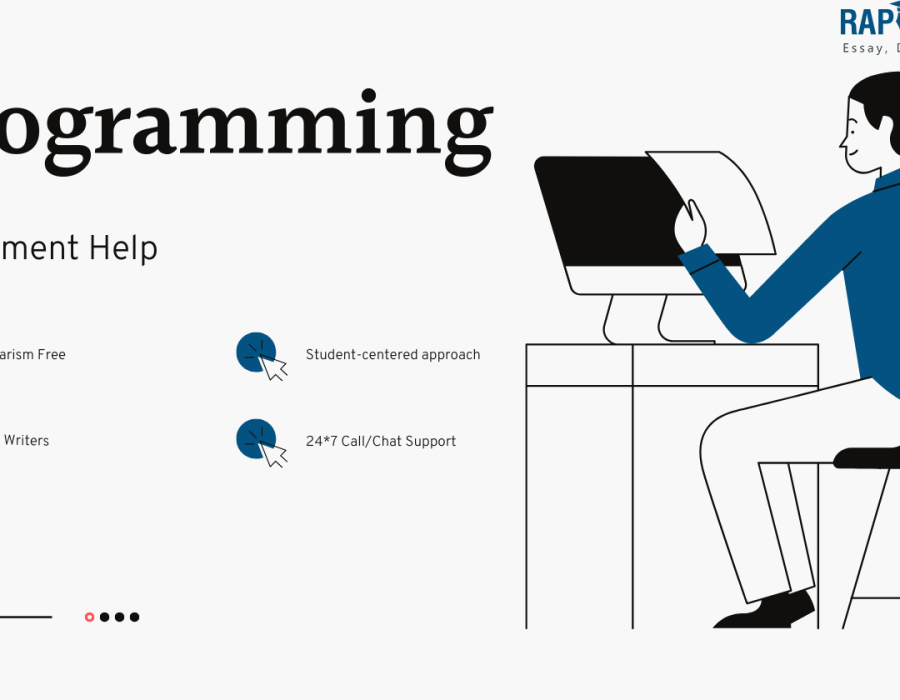Introduction
Python has become a household name in the programming world, and for good reason. Known for its simplicity, versatility, and robust community, Python continues to thrive in 2025. Whether you're a beginner seeking to learn the basics or a professional tackling complex projects, Python's adaptability makes it a top choice for developers, educators, and businesses alike. For those struggling with coding challenges, services offering Programming Assignment Help ensure that learners can overcome hurdles and excel in their Python journey. But why does Python remain the go-to language across industries? This article delves into the reasons behind Python's enduring dominance and its impact on modern software development.
The Rise of Python: A Brief History
Humble Beginnings
Python was created in 1991 by Guido van Rossum as an easy-to-learn scripting language. Its primary goal was to emphasize code readability and simplicity.
Explosive Growth
Over the years, Python has transitioned from a niche language to one of the most widely used programming languages, with applications spanning web development, data science, artificial intelligence (AI), and more.
Key Reasons for Python's Popularity
1. User-Friendly Syntax
Python's syntax is clean and intuitive, making it an excellent choice for beginners and professionals alike.
2. Versatility Across Industries
Python is used in a wide range of fields, including:
- Web Development: Frameworks like Django and Flask.
- Data Science: Libraries such as Pandas and NumPy.
- Artificial Intelligence: TensorFlow and PyTorch.
- Automation: Scripts for repetitive tasks.
3. Strong Community Support
With millions of active users, Python boasts a vibrant community that contributes to its extensive library ecosystem, documentation, and forums.
4. Platform Independence
Python works seamlessly across multiple operating systems, including Windows, macOS, and Linux, ensuring flexibility for developers.
How Python Dominates Emerging Fields
1. Artificial Intelligence and Machine Learning
Python’s dominance in AI and machine learning stems from its powerful libraries like Scikit-learn, TensorFlow, and Keras, which simplify complex algorithms.
2. Data Science and Analytics
Data scientists rely on Python for its ability to handle large datasets, visualization tools like Matplotlib and Seaborn, and robust statistical analysis.
3. Web Development
Python frameworks like Django and Flask enable developers to create secure, scalable, and dynamic web applications.
4. Game Development
Game developers utilize Python for prototyping and building simple games using frameworks like Pygame.
The Role of Python in Education
1. Preferred Language for Beginners
Python is often the first language taught in schools and universities due to its simplicity and real-world applications.
2. Accessible Resources
From free tutorials to comprehensive online courses, learning Python is easier than ever.
Challenges Python Faces in 2025
1. Performance Bottlenecks
While Python excels in many areas, its execution speed is slower compared to languages like C++ and Java.
2. Limited Mobile Development
Python’s capabilities in mobile app development are still limited compared to other languages like Swift or Kotlin.
Future Trends for Python
1. Continued Growth in AI
Python’s dominance in AI is expected to grow with advancements in deep learning and neural networks.
2. Expanding Library Ecosystem
The Python Package Index (PyPI) will continue to expand, offering new tools and libraries for developers.
3. Integration with Emerging Technologies
Python’s role in blockchain, quantum computing, and IoT is set to increase.
Conclusion
Python’s simplicity, versatility, and robust community make it a cornerstone of modern programming. Despite challenges like performance limitations, its extensive applications across AI, data science, and web development ensure its relevance well into the future. As we move further into 2025, Python's impact on the programming world remains unparalleled.
FAQs
1. Why is Python so popular in 2025?
Python’s user-friendly syntax, versatility across industries, and strong community support keep it at the forefront of programming languages.
2. Is Python suitable for beginners?
Absolutely! Python’s intuitive syntax and abundant resources make it a perfect choice for new programmers.
3. What are Python’s main limitations?
Performance bottlenecks and limited mobile development capabilities are its primary drawbacks.
4. How is Python used in AI?
Python powers AI with libraries like TensorFlow and PyTorch, enabling developers to build complex machine-learning models.
5. What is Python’s future in programming?
Python’s role in AI, data science, and emerging technologies like blockchain and IoT ensures its continued dominance.





Comments